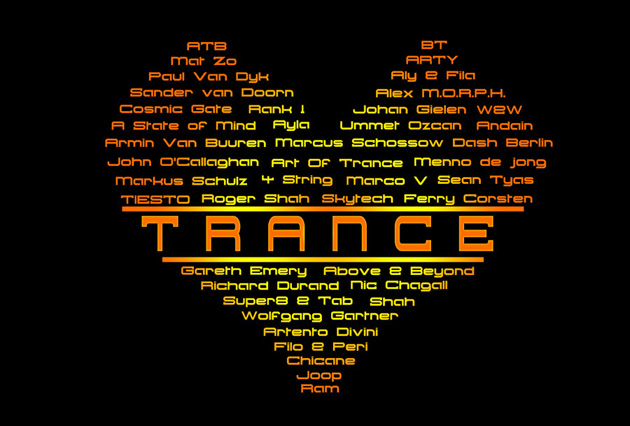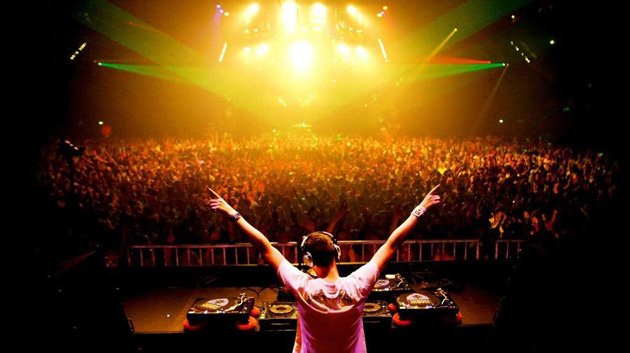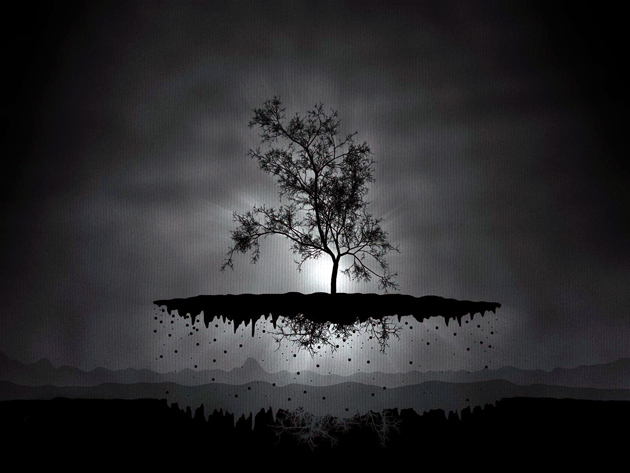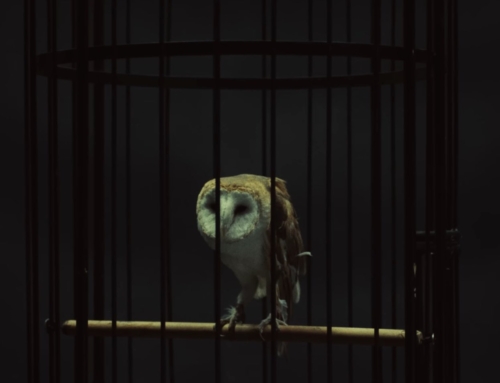
If you haven’t noticed (and there’s a pretty good chance you have), trance music has fallen into a dichotomy of sorts in recent years. On one hand, vocal styles dominate the Beatport ranks and SiriusXM radio play. On the other, a darker, harder sonic palette – sometimes called trouse, sometimes called trance 2.0, and more recently just called “138” – sees its profile and sales growing.
As of August 2012, the top 10 tracks of the Beatport Trance chart could easily be divided into two groups: Myon & Shane 54’s remix of Tom Swoon’s “Wings,” Super8 & Tab’s take on BT and Aqualung’s “Surrounded,” the Omnia remix of “Rise Again,” and Adam Szabo and Johan Vilborg’s “Two to One” neatly in the vocal trance category, and Adam Ellis’ “Napalm Poet,” David Gravell’s “Bulldozer,” and Jordan Suckley’s “Do or Die” into the trouse category. Sort of between that is the Photographer remix of Armin Van Buuren’s “Who’s Afraid of 138?!”, a track with part of its foot in old-school, 1990s elements and the other in a darker and harder side that appeases what audiences seem to want.
It’s hard to point truly to where this divide began. It’s not that trance music hasn’t ever been dark: Take a look at sub-subgenres dark psytrance, hard trance, or hardstyle, or dig up, if you can, any of the tracks put out by Double N (producer duo Niclas Kings and Niklas Erik Bergwall) in the early ‘00s. But, as is the case with the strong divide that strangely allows fluidity between underground and mainstream realms of EDM, trance may simply be seeing its aggressive, less-seen side surface.
UndrgrndSound.com points to the EDM explosion in the U.S. as the start of trouse, with a Miami Music Week piece claiming it and not progressive house is the sound that American audiences truly connect with. And, in a sense, both writers may be right about the origins. Within a two-year time period, if you can think back to the late ‘00s, you had Markus Schulz – long the mainstream purveyor of “hard” and “dark” trance – foreshadowing such such a change over the next year. “The tempos are higher and there is a lot more drama and tension in my sets, but I think it also goes back to melodies,” Schulz stated in 2008. “Whenever trance re-invents itself, the one constant is the powerful melodies.”

Around this time, Laidback Luke discussed blending house and trance sounds in a Mixmag piece, while Tiesto surprised audiences with Diplo collaboration “C’mon.”
But trouse, or trance 2.0, follows a musical pattern, seen throughout said time period in EDM, of being an amalgamative genre – like moombahton, just given a more obvious name. UndrgrndSound.com describes it at “drama and tension,” with continued emphasis on melodic figures. The February 2013 Miami Music Week piece, similarly, explains the genre borrows from trance, electro, and house to create something different.
Of course, if you’ve scanned any trance-related message boards or read any piece about Tiesto from the past three years, you likely noticed that “trouse” is the buzzword for everything wrong with modern trance music. Producers, claim fans, attempt to appeal to the mainstream so hard that trademarks of house, from heavier bass, choppier sounds, and harder 4/4 beats, erase the classic elements of their favorite subgenre.
Trance isn’t the only EDM subgenre being diluted from its purer 1990s heyday – you might as well say the same about dubstep or house. All, instead, seem to gravitate toward a sonic center, in which sounds, samples, and styles traverse and infiltrate multiple subgenres. And, in a sense, that type of blending has reached a point that labeling so many sub-subgenres becomes an effort in picking apart a track for its most minute elements, instead of seeing it for its full form.
In a September 2011 interview with Mixmag, Above & Beyond observed the same type of motion from trance to house. “House I’d say at the moment is probably ‘Trance 8.0’ – the one that the Swedes are playing now,” they said at the time. “We were so scared of riffs a few years ago that we kind of left them in a cupboard and the house guys discovered them and were like, ‘Oh my god, all this stuff we can make great records out of!’ I think that was a wake-up call.”
 Depending upon how you look at trance 2.0, the darker, harder character both moves ahead – reaching a contentious point with many long-time fans – or sort of goes forward to regress backwards. While older producers now experimenting with house sounds, like Tiesto and Gareth Emery, or younger acts like W&W who drew attention simply for incorporating more ominous tones into a format designed to create uplifting music clearly don’t evoke the euphoria-resulting repetition from the late ‘90s and early ‘00s, Armin Van Buuren seems to be going down a different path.
Depending upon how you look at trance 2.0, the darker, harder character both moves ahead – reaching a contentious point with many long-time fans – or sort of goes forward to regress backwards. While older producers now experimenting with house sounds, like Tiesto and Gareth Emery, or younger acts like W&W who drew attention simply for incorporating more ominous tones into a format designed to create uplifting music clearly don’t evoke the euphoria-resulting repetition from the late ‘90s and early ‘00s, Armin Van Buuren seems to be going down a different path.
In one regards, it’s very easy to dismiss Van Buuren. His label Armada goes hand-in-hand with vocal trance, and the producer himself encouraged a hip-hop-EDM crossover back in 2010. In a sense, you might as well say, until recently, the only thing “trance” about Van Buuren is A State of Trance.
Yet from this radio show and subsequent tours comes “Who’s Afraid of 138?!” – a track, an Armada sub-label focusing on the faster, harder, darker trance sounds, and an effort to legitimize the producer’s image again. As of a July 11 Facebook post, the label of the same name stated, “Expect nothing less than releases with the booming bass of the faster, louder uplifting trance tunes above 138 BPM!”
In fact, at the most recent ASOT tour, a separate stage showcased higher BPM trance artists. “I really love this sound,” Van Buuren said in a press statement. “And not just me. There’s so many true fans of uplifting out there. The ‘Who’s Afraid of 138?!’ area of ASOT600 in Den Bosch was absolutely packed, and social media bursts with 138 fans. I can’t wait to see what goodies the record label will bring.”
Aside from word choice that makes Van Buuren look innovative, “138” almost harks back to trance’s classic days. According to Karthik of AudioBooth, this combination resulting from faster beats bringing out the darker tones dates directly back to the ‘90s.
What’s your take on the growing presence of trouse? Is it a return to the subgenre’s roots, or is it simply underground sounds emerging higher on the charts?





